
Help The Planet
ON CURTAINS is committed to making eco-friendly choices that minimize environmental harm. We work alongside nature's resources rather than depleting them.
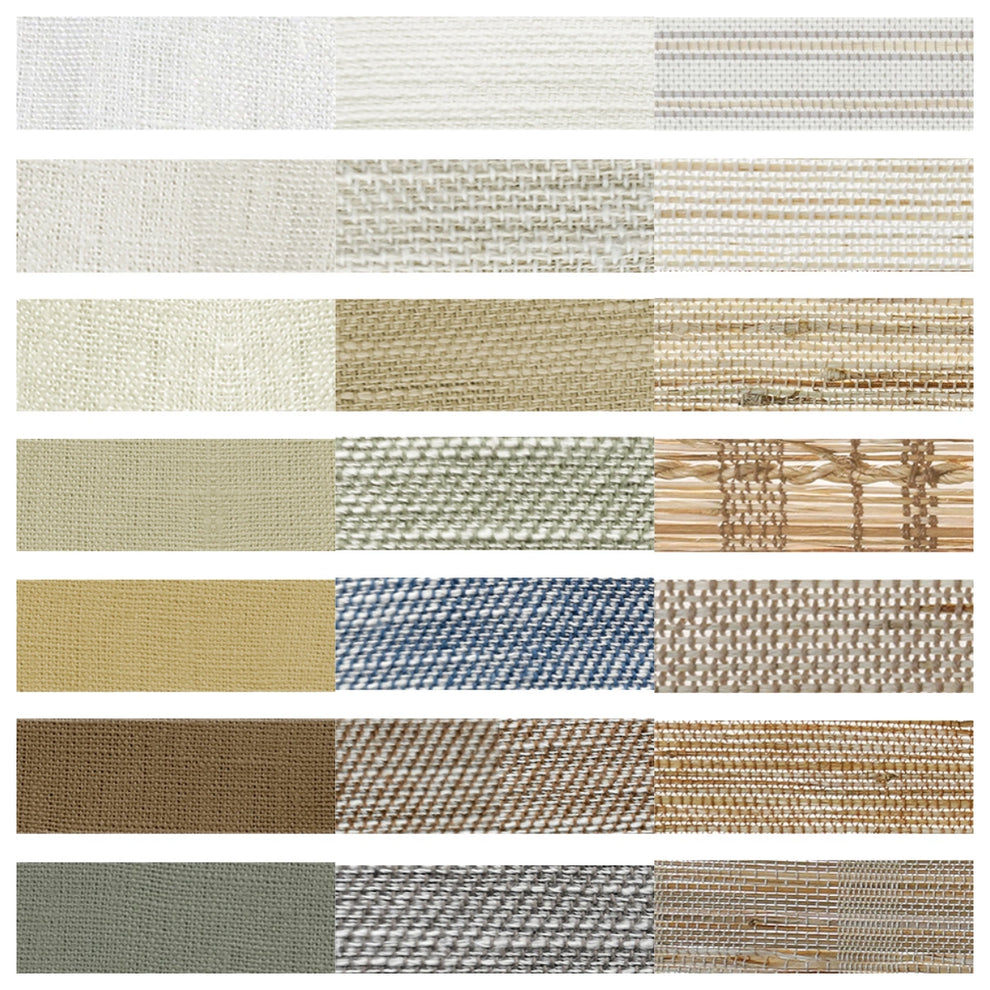
Organic Fabric
Our drapery fabrics are made from organic fabric production including cotton, linen, hemp, and bamboo. Some of the blended fabrics are recycled polyester fibers. Organic fabrics are produced using natural and sustainable methods that reduce the impact on the environment. They are free from harmful chemicals, pesticides, and other synthetic materials.
Donating Help Enviroment
We advocate the principle of not wasting fabrics. Our swatches and drapery can be reused. If you want to replace the drapery with new ones, you might as well replace the old ones, package them, and donate them to users in need or institutions so that they can be used sustainably again.
Sustainable Employment
Our curtain production process involves manual cutting and sewing, which is a great opportunity for craftsmen.This also help preserve their handcraft traditions and create opportunities for sustainable employment.
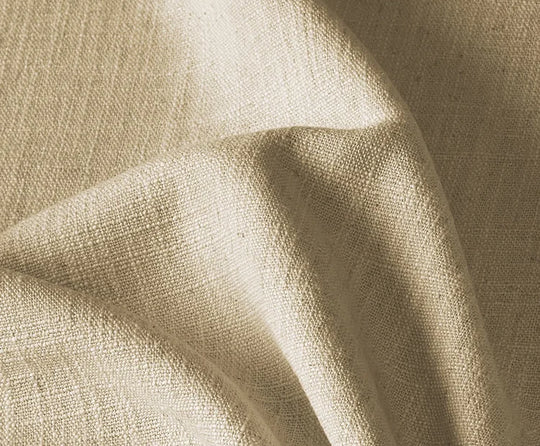
What is Flax?
A sustainable fiber for the production of linen fabrics
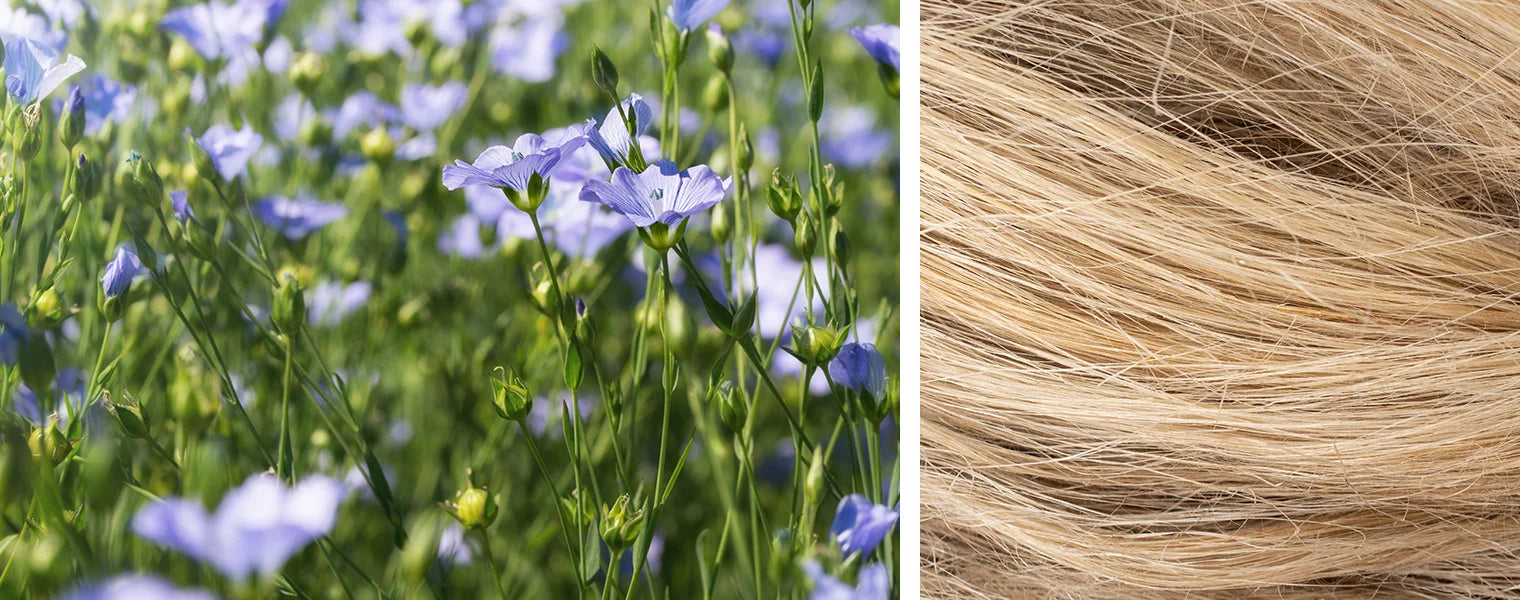
Introduction To Flax
Flax is one of the oldest and strongest natural bast fibers, extracted from the flax or linseed plant. It is a hard, brittle fiber with a natural luster, and its color typically ranges from ivory to light brown to gray.
Flax has a long history and has been used to make clothing, canvas and ropes as early as ancient Egypt. Flax has always been the main textile raw material in ancient Greece, ancient Rome and medieval Europe. With the Industrial Revolution, the linen textile industry flourished, but was gradually replaced by cotton. In recent years, flax has received renewed attention due to the focus on sustainable materials.

Features
- Smooth and shiny
- Durable, hard and crisp
- High temperature resistance
- Breathable and cool to wear in summer
- Low elasticity
- Pesticide and insect resistance
- Absorbs and releases moisture quickly
- Fades in constant light
- Difficult to achieve bright colors as they are difficult to dye and bleach
- Softens and softens after washing and laundering
- Easy to wrinkle
- Antistatic
- Biodegradable
- Flax grows quickly and is easy to grow, requiring few chemical inputs and no irrigation during cultivatio
What is Ramie?
A strong plant filber similar to linen
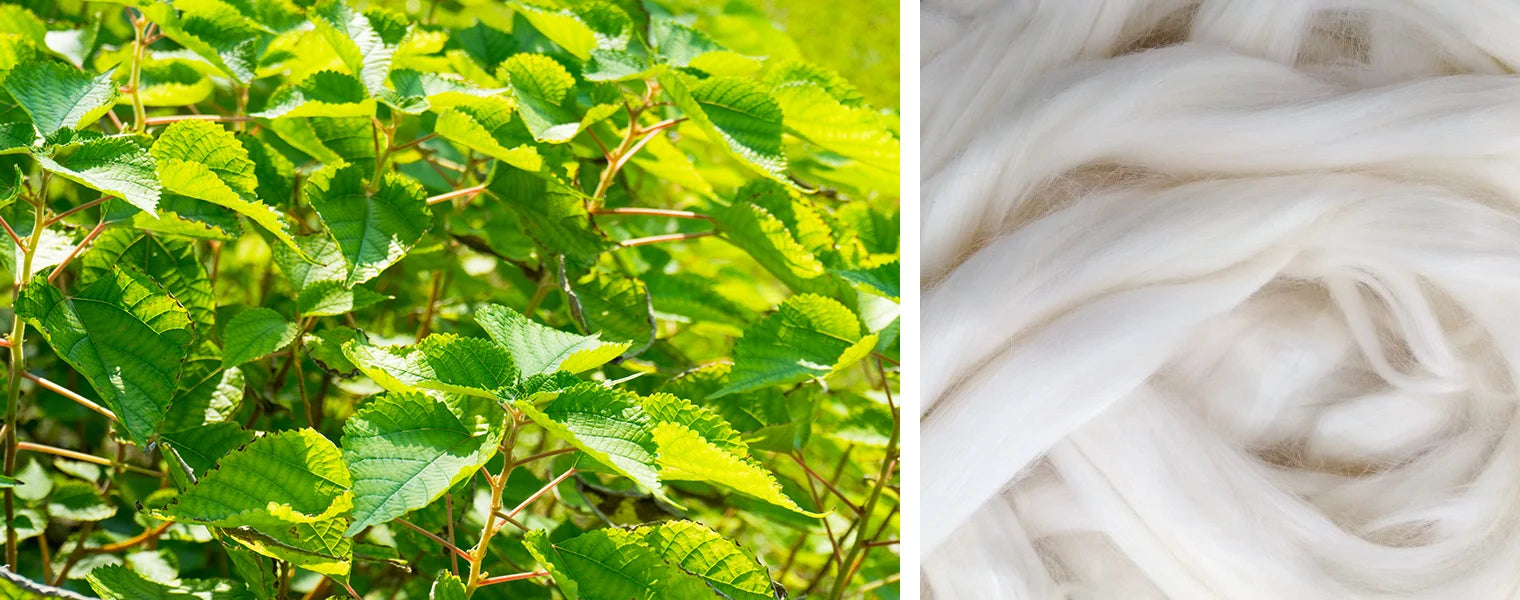
Introduction To Ramie
Ramie, also commonly known as Chinese grass, is one of the oldest fibers used in textiles and it is also one of the strongest natural plant fibers. The natural white has a silky sheen, similar to linen. To improve its properties, it can also be blended with other fibers such as cotton, polyester and wool.
Ramie has an ancient history and was used by ancient civilizations in China and India around 6000 BC. Ramie was widely used in ancient Egypt, ancient Greece and ancient Rome to make clothing, ropes and canvas. In medieval Europe, ramie was one of the main textile raw materials. During the colonial era, European colonists introduced ramie to the Americas and cultivated it on a large scale. In recent years, ramie has once again attracted attention due to the demand for sustainable materials, re-emerging in fields such as fashion and home furnishings.

Features
- Hard and brittle, but softens over time and with more washes
- Strength increases when wet
- Keep garments in good shape
- Silk texture increases after washing
- High temperature resistance
- Low elasticity
- Releases moisture quickly
- More absorbent than cotton
- Antibacterial and anti-mildew
- Good dyeing effect, but easy to discolor
- Slight shrinkage
- Easy to break if wrinkled significantly
- Easily generate static electricity
- Ramie is a plant-based source of fibers that's quickly and easily renewable. It requires no pesticides or herbicides to grow and is naturally resistant to mold, mildew, and bacteria.atio
What is Jute?
A low-cost, easy-maintenance, fast-growing fiber
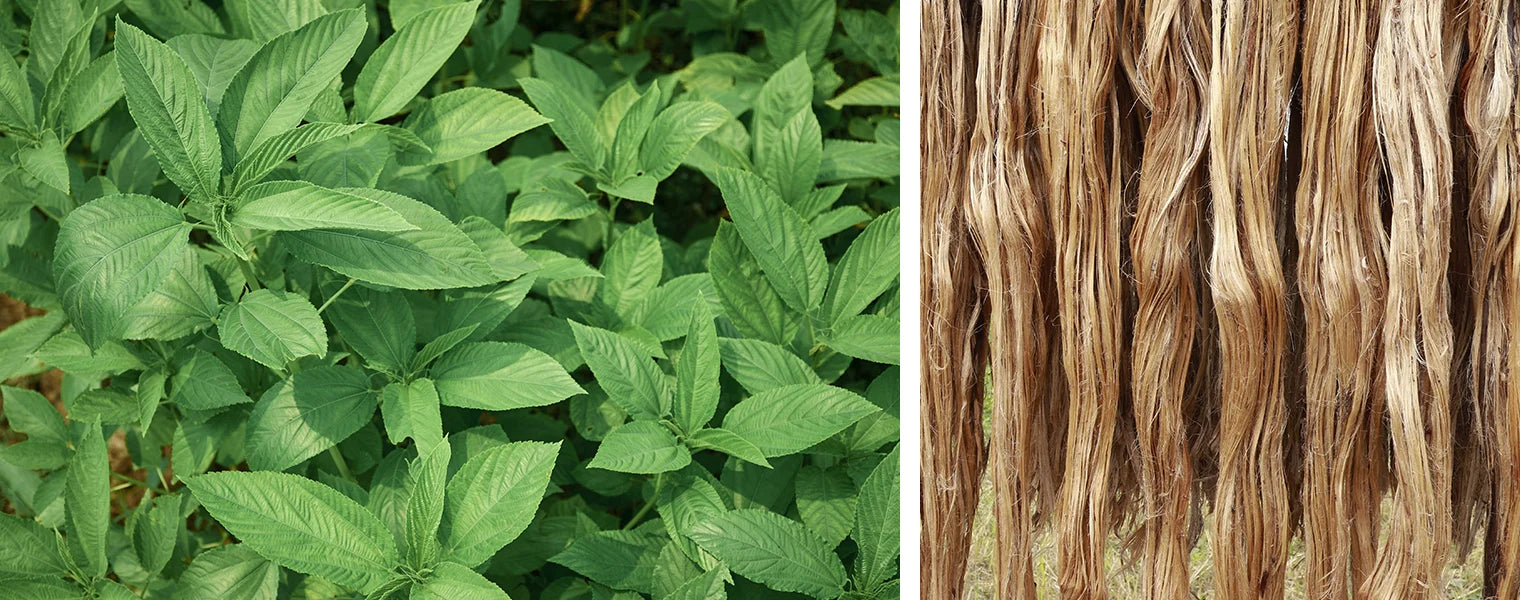
Introduction To Jute
Jute is a highly lignified species (lignification: the cell wall becomes hard and firm due to the deposition of polymers composed of lignin derivative units produced by the cells, increasing the plant's ability to support gravity. The woody cells inside the trunk are due to The result of lignification) is a natural plant fiber extracted from the jute plant. It is also known as "golden fiber" because it is usually golden brown in color and has a natural luster. It is second only to cotton in terms of production and global consumption, and is also one of the most affordable fibers.
Jute has a long history. In ancient Egypt and ancient India, people already used jute to make clothing, ropes and various supplies. Jute was used extensively in Europe during the Middle Ages, particularly in textiles, rope and canvas making. With the colonial era, jute was introduced to the Americas and became an important raw material for European markets. However, with the rise of synthetic fibers, jute's use gradually declined. Recently, jute has attracted renewed attention due to the demand for sustainable materials.
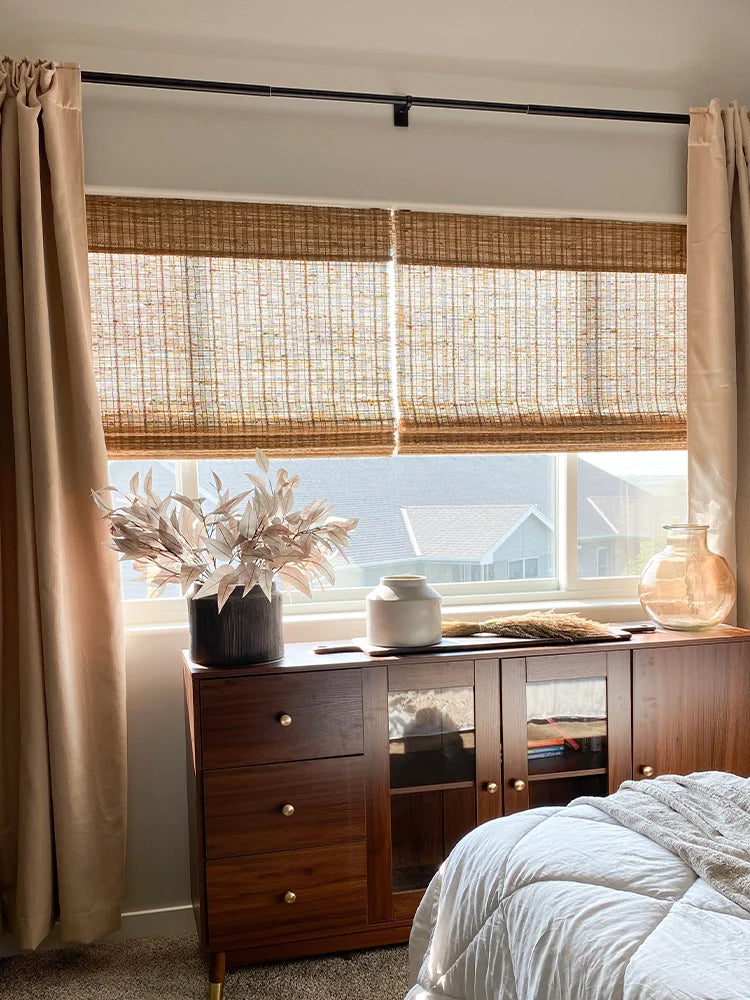
Features
- Durable
- Strength decreases when wet
- Keep garments in good shape
- Low elasticity
- Ability to insulate sound and heat
- Good dyeing effect, no fading
- Antistatic
- Biodegradable
- It is a fast-growing, low-maintenance crop that can be harvested every 4 to 6 months with little need for pesticides or fertilizers.
What is Sisal?
A tough, coarse fiber often used to make ropes
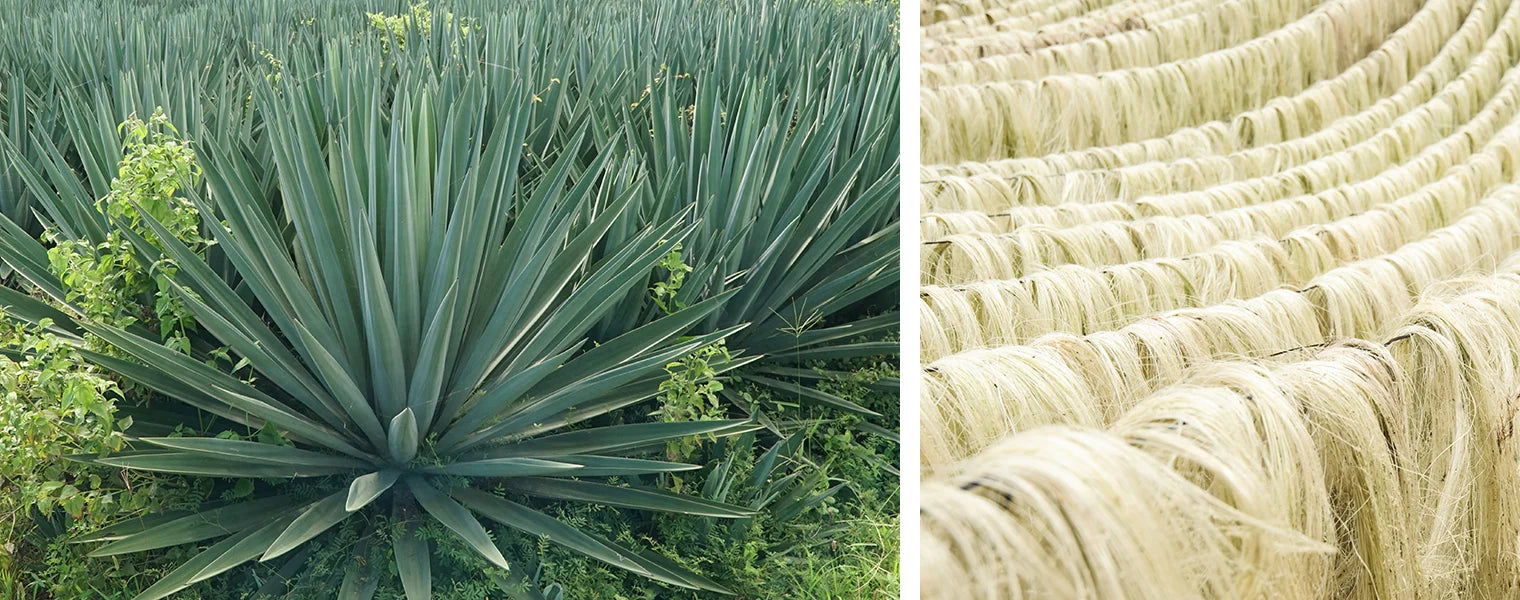
Introduction To Sisal
Sisal is a natural fiber extracted from the leaves of the sisal plant. It is a hard and long fiber. Tapping the leaves separates the tough fibers from the fragile fibers. The fiber texture is rough, shiny and milky white.
Sisal originates from South America, particularly Brazil. In the ancient era of indigenous civilizations, people began utilizing sisal fibers to craft various items like ropes, baskets, and clothing.With the arrival of European colonizers, sisal became a crucial raw material for producing items such as ropes and canvas. During the industrial era, sisal fibers played a significant role in manufacturing durable products. Although the rise of synthetic fibers slowed down the demand for sisal in certain regions, growing concerns for sustainability have rekindled interest in sisal. In modern society, sisal has found new applications in areas like fashion and home decor.
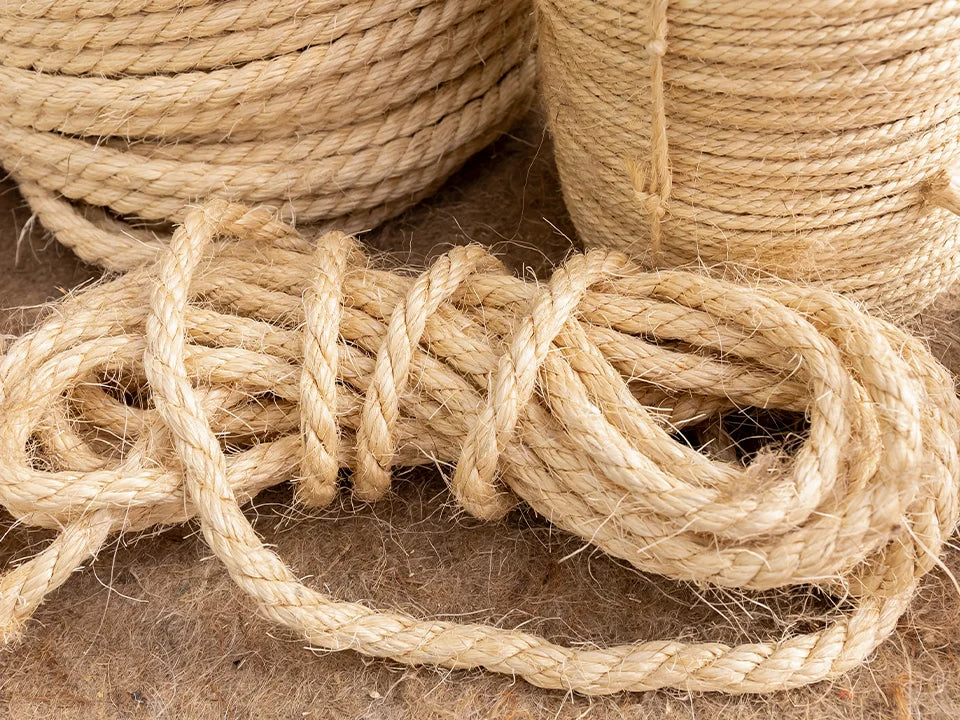
Features
- Rough and shiny
- Durable
- Waterproof and resistant to salt water damage
- Able to soundproof
- Good dyeing effect, but easy to discolor
- Abrasion resistance
- BiodegradableFeatures





